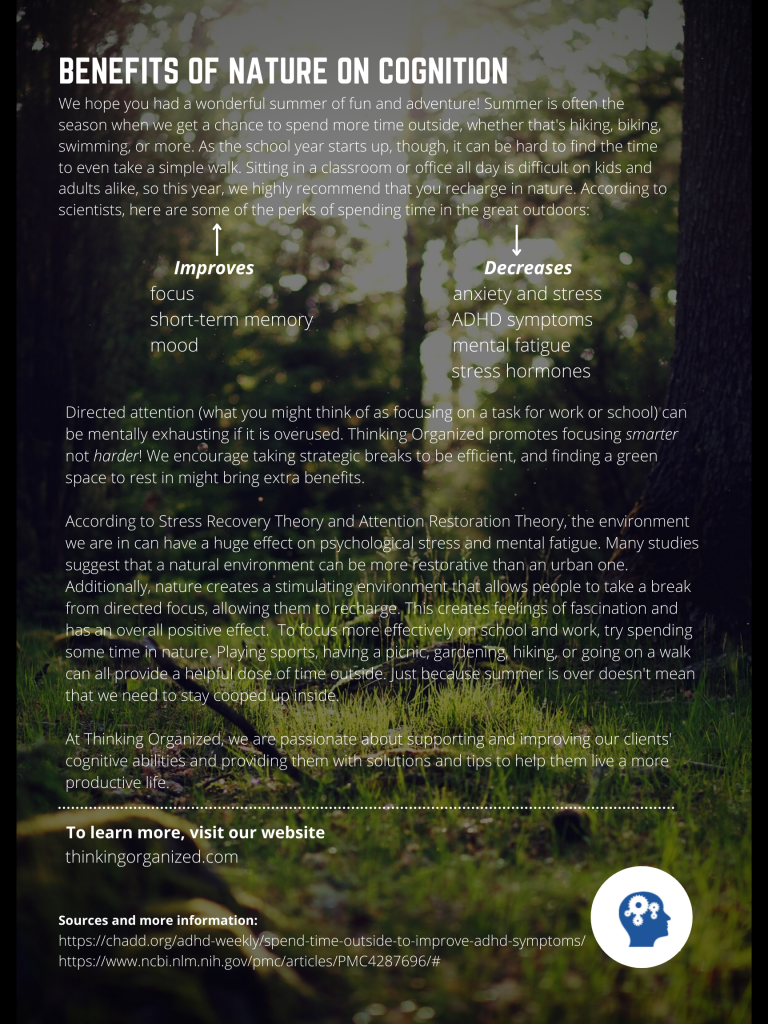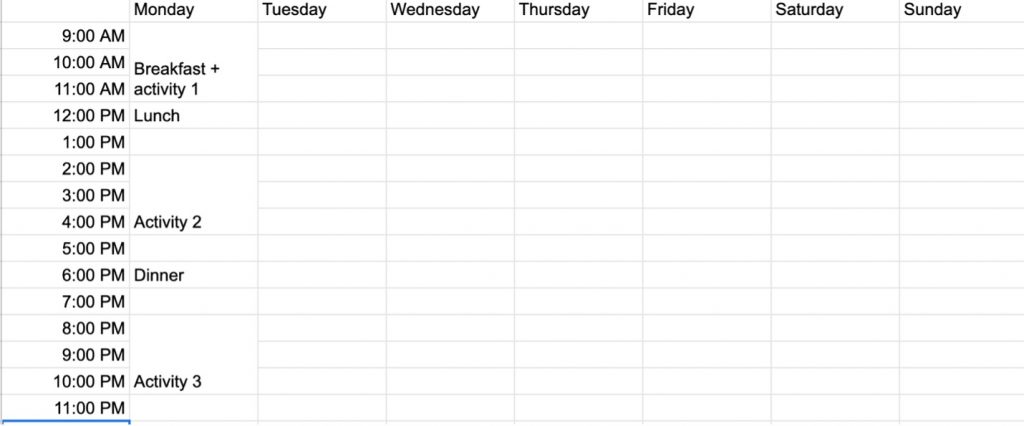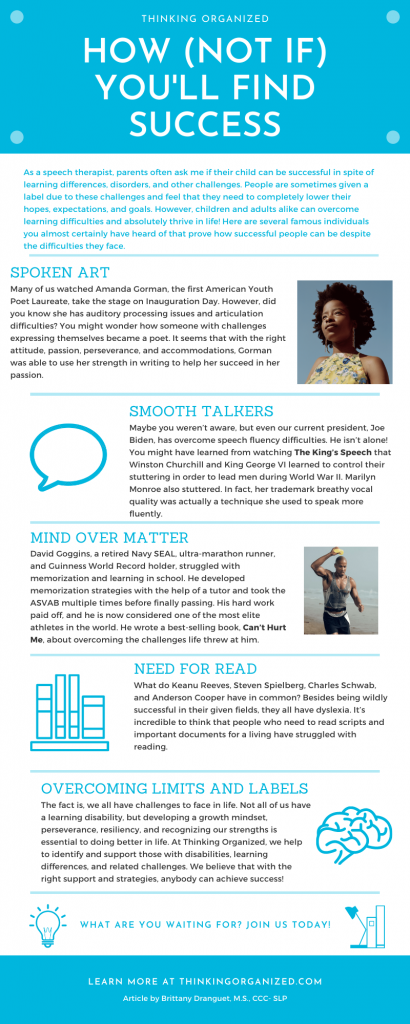By Kristin Backert-Evans
We’re now over a year into the COVID-19 pandemic, and like many of you, all of these hours spent indoors compelled me to find hobbies to occupy my time. While my husband perfected the art of baking Earl Grey pound cake (which you should totally try), I started collecting Pokémon cards! Well, “started” isn’t really the right word. Like many children of the 90s, I begged my parents to buy me cards all throughout my childhood. When the pandemic started, I found myself drawn to this important, nostalgic part of my life again. Little did I know that something so seemingly simple would involve a host of executive functioning skills.
Material Organization
Whether you collect Pokémon cards, autographs, or stamps, organizing those items is a key part of any collector’s life. Everyone has their own system — maybe you organize items by the year they were released in, maybe you organize them by design, or maybe you organize them by their rarity. At the end of the day, it’s important to find a system that makes sense and works specifically for you. For example, when I organize my Pokémon cards, I first divide the cards into nine piles depending on a Pokémon’s number (e.g., 1-99, 100-199, 200-299, etc.). Afterwards, I go through the cards in each pile and put them in numerical order and place doubles together. That way, all of my Charizard cards from throughout the years appear next to each other when they’re eventually placed in one of my binders, which lets me look at the changing artwork over the last two decades. I’ve organized my cards this way since I was a kid, so that sense of familiarity was a welcome return to when I restarted my collection.
Time Management
As you can imagine, it takes a lot of time to organize cards. Typically, I set aside time each weekend to go through any new cards I may have obtained. This can take anywhere from 30 minutes to two hours, depending on how many cards I’m sorting through. Placing cards in a binder is a once-a-month (or maybe even once every two months) process because it usually takes me upwards of four hours. Spending that much time on any one task can be challenging, so I make sure to take breaks. I usually work on the floor, so standing up and stretching lets me look at the progress I’ve made so far and plan out what work I still want to accomplish for the day. During these breaks, I’ll walk around my apartment, look out the window for evil doers, or grab a snack. By doing so, I can better gauge my energy levels and readjust my goals. While I would love to place all cards in a binder in one sitting, sometimes that’s just not feasible — and that’s okay! If I were to sit there and force myself to do so, I think my enjoyment of the hobby would fade. I’ve found that it’s important to see what my limits are and alter my goals as needed, and practicing these skills with something I love makes it easier to use them for less-enjoyable tasks.
Social Skills
When I started collecting cards again, I found myself wanting to talk to other people about it. My husband knows the franchise but doesn’t really know it (can I name the first 150 Pokémon from memory? Maybe. Can he? Absolutely not), so I found myself seeking out like-minded communities. However, I tend to feel anxious and shy around others, especially new people, which makes it difficult for me to participate in conversations. But collecting Pokémon cards was becoming such a important part of my life that I wanted to share in it with people who felt the same way. While challenging, I reached out to others on social media. Before doing so, I rehearsed what I wanted to say and used positive self-talk to motivate myself to Tweet at someone or share a card on Instagram. To my pleasant surprise, I was able to form a community, one where we trade tips for locations that recently restocked cards, where we exult in others’ successes in getting a rare card, where we lament our failures at not finding cards in the “wild” (aka a store). Becoming a part of a community is always difficult, but I found that encouraging myself to do so was a wonderful thing.
Card collecting isn’t for everyone, but finding a hobby that you’re passionate about can be a great way to help you strengthen your executive functioning skills. From organization to time management to social skills, hobbies can help you in more ways than one!
 THINKING ORGANIZED
THINKING ORGANIZED

